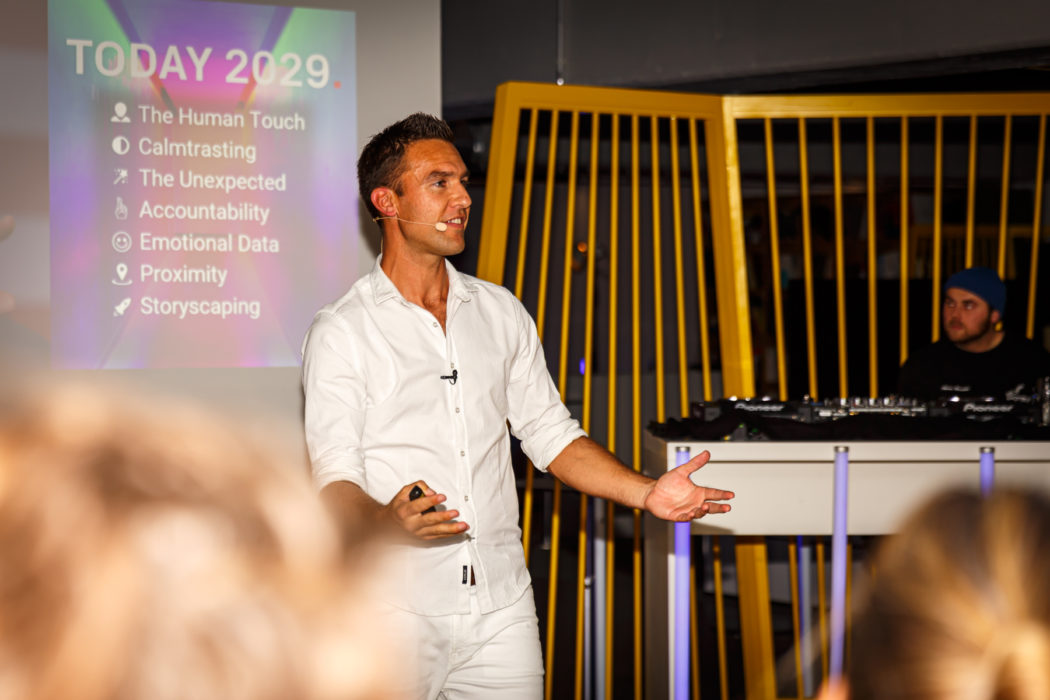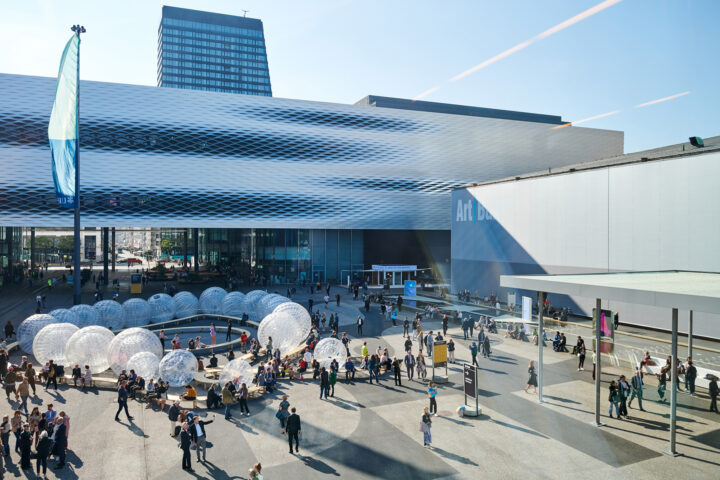Which trends will be dominating the experience marketing of tomorrow? How can these be successfully implemented? The new Future Trend Report 2020 reveals the most important changes, illustrates relevant trends and, on the basis of examples, shows how these can be successfully applied. Trend expert Harry Hofstetter of MCH Global presents three trends that no one can ignore at present (including free download of the Trend Report).

Trend 1: Storyscaping
Innovative storytelling and catchy slogans are established marketing instruments. Storyscaping goes one step further, combining storytelling with smart experience marketing. The stories told are brought to life and made palpable and tangible. It is a matter of creating emotional experiences while involving the community. The consumers themselves become the stars of the story. Well told, immersive stories release the happiness hormone of dopamine, helping to permanently anchor memories in the brain. Companies that succeed in bringing their stories to life in a plausible manner through storyscaping create maximum credibility and identity amongst their target group.
Trend 2: The human touch
We’re online round the clock. We engage in digital consumption and are increasingly encountering machines – whether during our online shopping, at the automated passport control at the airport or at the self-checkout in the supermarket. Technologies are replacing repetitive tasks. In this digitalised world, we appreciate personal encounters more than ever before – a hearty “welcome”, a friendly smile or face-to-face advice. Studies show that positive encounters with people release oxytocin – the hormone for loyalty and bonding. For brands this means creating spaces in which people feel good, where they are positively surprised and where people who are genuinely interested care for them.
Trend 3: Emotional data
Big data was yesterday. Data like customer frequency, conversion and the length of stay only describe the past and permit no more than vague forecasts regarding the future. Emotional data, on the other hand, provides information on “why” and hence on the target group’s future needs. What prompted the customer to buy? What generated uncertainty? How were moments of happiness created? Techniques such as facial recognition, social listening and behaviour observation assist in understanding why customers behave in a certain way. If you know the “why” behind customer decisions, you can proceed to make targeted optimisations and maximise future customer satisfaction.
Future Trend Report: a guide to experience marketing
These and a large number of other key trends are set out in the Future Trend Report 2020 compiled by MCH Global. This has resulted in a guide for all those who wish to further develop their experience marketing, complete with explanations, examples and recommendations for action. The knowledge package is aimed at the C-suite, senior management and also project managers, taking in several hundred pages and an individual workshop. An interactive process is used to assess which trends are relevant for the company in question and how these can be meaningfully implemented.
The ten most important trends for 2020
We have also set out the most important findings from the Trend Report in a free summary for the first time. We explain ten trends, present companies’ successful experience marketing campaigns in case studies and provide recommendations for action.


